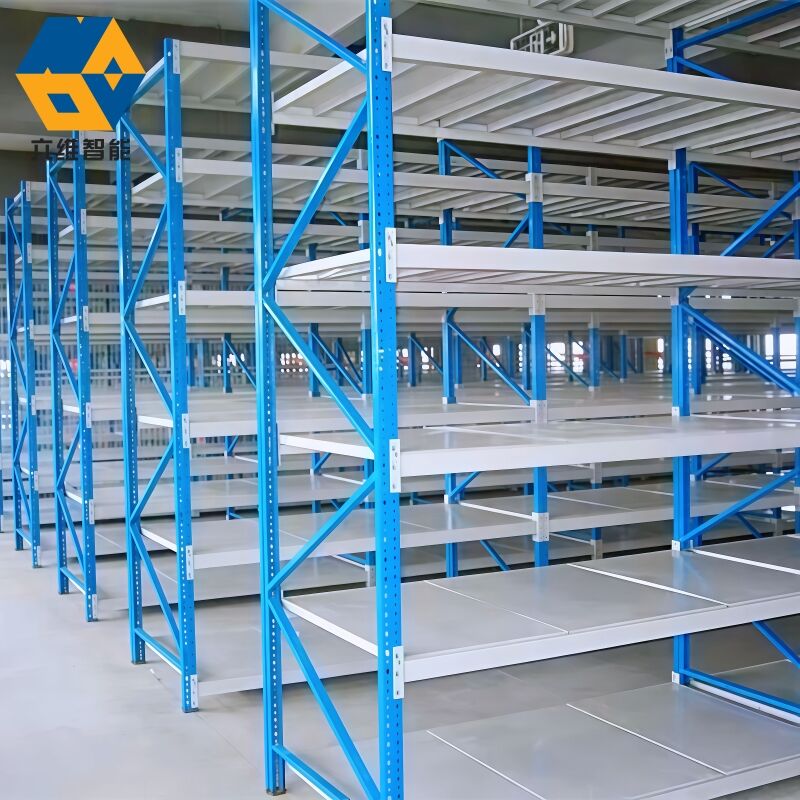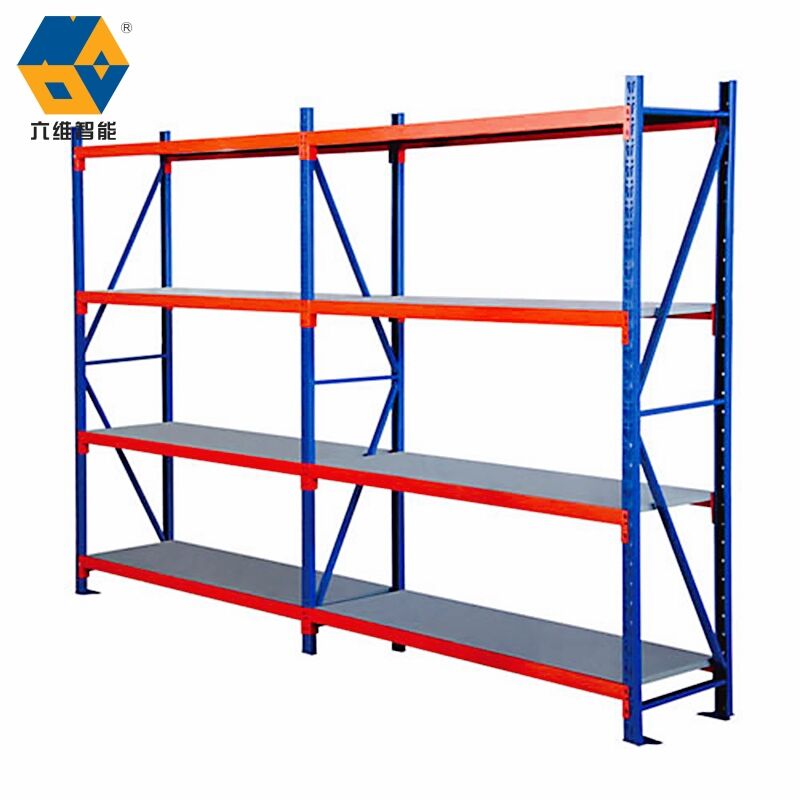проект складських стелажів
Проект складських стелажів є ключовим елементом сучасних розв'язків зберігання, поєднуючи точність інженерних розрахунків з практичною функціональністю. Ці системи включають передові структурні обчислення для максимальної оптимізації місця зберігання, забезпечуючи безпеку та доступність. Процес проектування починається з детальної аналітичної оцінки простору складу, враховуючи висоту стеля, навантаження на підлогу та шаблони потоку транспортування. Сучасні складські стелажі мають регулювані компоненти, що дозволяють налаштовувати їх в залежності від розмірів продукції та вимог до ваги. Типові проекти включають кілька рівнів зберігання, ефективно використовуючи вертикальний простір з урахуванням обчислених навантажень для кожного рівня. Інтеграція передових матеріалів, таких як високоякісна сталь і захищальні покриття, забезпечує тривалість та довговічність. Часто системи включають спеціальні функції, такі як діагональні поперечини для стабільності, захисні елементи від ударів та провільне покриття для правильного розподілу ваги. Ці проекти також враховують майбутню масштабованість, дозволяючи вносити зміни згідно з еволюцією бізнес-потреб. Крім того, вони включають безпечні елементи, такі як індикатори навантаження, системи протидії колапсу та правильне розташування для систем тушництва вогню, дотримуючись міжнародних стандартів безпеки та місцевих будівельних норм.

